News
Tokenism, Coding, Baiting, and a Few Other Thing LGBTQ Horror Fans Are Over, Part 2
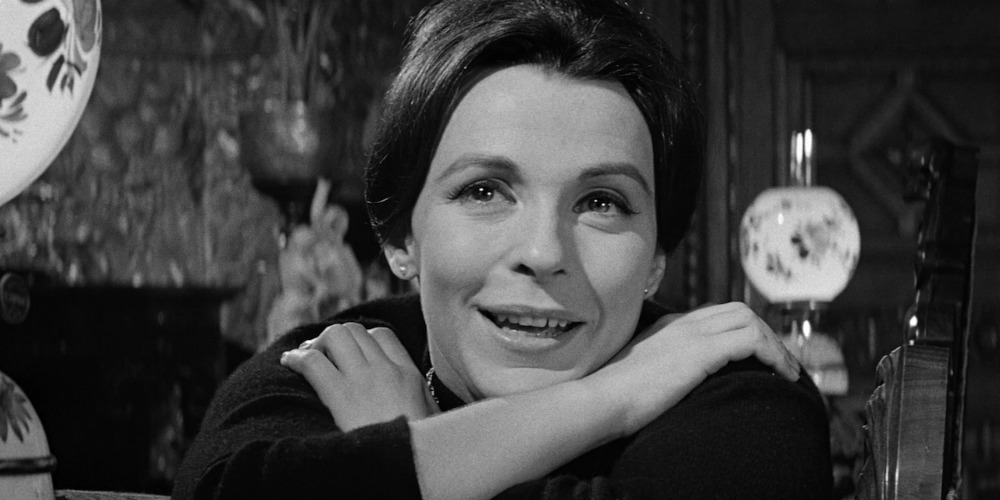
Welcome back to my little editorial series about some of the trends and tropes that have grown rather stale for the queer community in the horror genre. In the first part, we discussed tokenism, and here I’ll be digging into queer-coding and it’s history within the genre.
Queer-coding is the process of assigning queer traits to a character without ever actually coming out (see what I did there?) and saying explicitly that the character is gay. In film, especially, it was born out of the adoption of the Hays Code in the 1930s.
In the early days of film, without regulation, people went buck wild showing all kinds of things and exploring any number of themes. Without surprise, there was push-back from more conservative groups in the U.S. who thought that everyone’s morals were in danger of corruption because of the movies.
They went into Warren G. Harding’s cabinet and emerged with Postmaster General Will Hays who would become the president of the Motion Picture Producers and Distributors Association–the precursor to the current Motion Picture Association of America. Hays and his cohorts created a production code with a whole list of things that could not be shown on film.
While the code did not outright speak about queerness, it was nonetheless inferred in a passage that included statements as “the correct standards of life.”
You know, the one really good way of getting someone to do something is to tell them that they can’t do it.
Writers, directors, and actors rebelled in subtle ways against the Hays Code, even when Joseph Breen took over as the sole censor on the board who had the ability to re-write and re-cut any script that he saw fit.
And thus, queer-coding began to creep into films. Now, queer-coding, in and of itself, is not necessarily a negative thing. Like any other tool, it can be used for good or for bad. The writers could have used their talents to create characters that we could look back on with pride.
Sadly, it became all together easier, via queer-coding, to create stock characters like the sexually ambivalent sissy, the “hard woman,” and the predatory, obsessive villain.
This last became a standard in the horror genre especially.
Take, for instance, Dracula’s Daughter. Ostensibly based on Stoker’s short story, “Dracula’s Guest,” the film ended up having much more in common ultimately with Sheridan le Fanu’s Carmilla.
Here we see the Countess Marya Zaleska aka Dracula’s daughter who has sought the help of a psychiatrist to free herself from an evil influence. As bodies begin to pile up around, it’s easy, on a surface level, to read this influence as vampirism. It’s in the scenes with a young, beautiful, blonde model where things read differently.
Countess Zaleska tells Lili that she wants to paint her. She looks at her with obvious lust in her eyes. She tells her she’s beautiful and asks her to remove her blouse from her shoulders. She moves closer and closer, hypnotizing the young woman with a jewel before finally attacking.
Queer audiences everywhere saw the Countess as queer, and they also saw her die because of her “sins.”
Then there’s the beautiful and mysterious Irena from Val Lewton’s Cat People.
In the film, Irena, played by the remarkable Simone Simon, fears she is cursed to become a wild animal when she is sexually aroused…literally. Despite her reservations, Irena quickly falls in love with Oliver and the two are soon married. However, because of her problem she is unable to perform her “wifely duties” to Oliver.
She begins seeing a psychiatrist to try to overcome these feelings.
If you’re noticing a trend here, it’s not hard to reason why. At the time, being queer was considered a mental illness and many were sent to psychiatrists for “treatment.” Unfortunately, some still hold to this practice and conversion therapy has been forced upon more young people than I even care to imagine.
However, she cannot fully eliminate this “thing,” this “otherness” that she possesses. She describes the curse and recalls the village where she grew up as evil, filled with wicked people who did terrible things in a way that many relate to the story of Sodom and Gomorrah from the Bible, a tale that has been misinterpreted for centuries as a way to condemn the queer community.
Naturally, because she cannot overcome the thing that makes her “other,” she eventually gives in, transforming into a panther and attacking and killing her therapist. She races to a local zoo and opens a panther cage. The beast promptly mauls her before escaping and being killed itself.
When they find a dead panther lying at the door of the cage, Oliver mutters that Irena had never lied to them.
Unfortunately, Irena is just one in a long line of queer-coded characters who were fated to die because they could not change who they were.
Now, lest you think that women were the only ones subjected to queer-coding at the time, I’d like to draw your attention to both I was a Teenage Werewolf and I Was a Teenage Frankenstein. Both films were released in 1957 and both sported more than one not so cleverly coded characters in them.
First up, I Was a Teenage Werewolf starred young, hunky Michael Landon just a couple of years shy of his run on the western, Bonanza.
Tony Rivers (Landon) has an anger management issue, and after a few outbursts, he’s prompted to see a psychiatrist where he talks about this unnatural rage inside him. Dr. Brandon quickly recommends a form of regressive therapy for the young man.
At the time, regressive therapy was a popular “solution” for treatment of queerness. The thought was to take the patient back to the root of their desires and weed them out so they were no longer subject to their “unnatural desires.”
Dr. Brandon, however, takes it a step further, believing there are benefits to tapping into that primal nature, and even goes so far to suggest to Tony that he was once a wild beast and there would be benefits of returning to that state.
Before long, Brandon has released the beast in Tony who in turn begins killing people. It’s not a huge stretch of the imagination to equate his beastly visage with portrayals of queer people. All one needs to do is listen to politicians and various religious figures who repeatedly compare queerness to bestiality.
So here we have a complex message. There are older, predatory men who are intent upon preying upon your sons and turning them into something “unnatural.” Following the theme of the previous examples, both men had to die.
As for I Was a Teenage Frankenstein, we again have the older, predatory male, this time in the guise of Professor Frankenstein who decides to build himself a young man out of various parts he’s collected, all from “physically superior” specimens.
This one takes it to a whole new level as Frankenstein watches his creature exercising shirtless and leering at him while he’s doing it.
Again, ultimately both men are fated to die.
The message was fairly clear at this point. In horror, it was villains and monsters that would represent queer sensibilities, and they would ultimately have to be destroyed.
The Hays Code lasted for some time, but eventually it was dismantled. So that means those monsters got to come out of the closet, right?
Not exactly.
Queer-coding was still well in play, but every so often you’d find a character that was coded who wasn’t a monster, and even more astonishingly, was allowed to live!
Take, for instance, The Haunting from 1963. This was a gorgeous film and one of my personal favorites.
In The Haunting, the character Theo, played by Claire Bloom, is clearly coded as a lesbian. During one of Nell’s outbursts, she even calls Theo one of “nature’s mistakes.” However, unlike her predecessors, she is beautiful without being sexualized. She also comes across as protective of poor Nell (Julie Harris), rather than predatory.
Most astonishingly, however, Theo gets to survive to the end of the film!
So, obviously things were getting better and soon things would turn around entirely, right?
Well, no, the trend of queer-coding rather than outright writing queer characters has continued. While lesbian vampires definitely became a big thing in the 70s, queer coding has remained the rule rather than the exception.
We saw it in the 80s with films like A Nightmare on Elm Street 2 where yes, the gay subtext was everywhere, but it took a heterosexual kiss to ultimately defeat the bad guy. And in cases where the queerness was even closer to the surface, in say, Fear No Evil, it was still represented as evil that must be destroyed.
And then there was Sleepaway Camp.
Horror fans were shocked with the sudden reveal at the end of the film that Angela had really been Peter all along and began to read into it a great deal of subtext that she was a transgender character making them just one of any number of horror villains who have been mis-identified mostly by straight commentators on the genre.
Her queer-coding was more subtle until that final moment and her equation with the trans community sets a terrible example, reinforcing the idea that they want to trick you, to make you believe they are something they are not, and moreover that they are dangerous.
Angela, in fact, was not so much trans as she was a victim of abuse by an unhinged woman, and the filmmakers chose a cheap shock-value moment which has certainly cemented its place in genre history, but has done no end of damage for members of the queer community.
Sadly the equating of queerness with evil remained largely intact well into the 21st Century when we finally began to see characters that were more openly portrayed in horror films, however the normalized portrayal that the LGBTQ community has been seeking is rare and its inclusion is far between. We also have yet to move beyond the “kill your gay” trope.
However there is hope on the horizon. I see it in the filmmakers and actors I’ve interviewed for our Horror Pride Month series. They are writing amazing queer stories in the genre space.
I see it in films like The Taking of Deborah Logan, where the lesbian character is fully realized and normalized without her queerness being central to the story. I see it in Lyle where the lesbian couple is not overly sexualized, but rather they just happen to be a queer couple who find themselves in a horrific situation.
I see it in series like Chilling Adventures of Sabrina which openly deals with characters of varying gender expressions and sexual orientations with alacrity, and The Haunting of Hill House, which finally let Theo out of the closet.
Perhaps, just maybe, our time has come.
Join me next time, for the third and final part of this series where we’ll be discussing queer-baiting, and thank you for following our Horror Pride Month series!
'Civil War' Review: Is It Worth Watching?
Follow our new YouTube channel "Mysteries and Movies" here.

Movies
‘Evil Dead’ Film Franchise Getting TWO New Installments
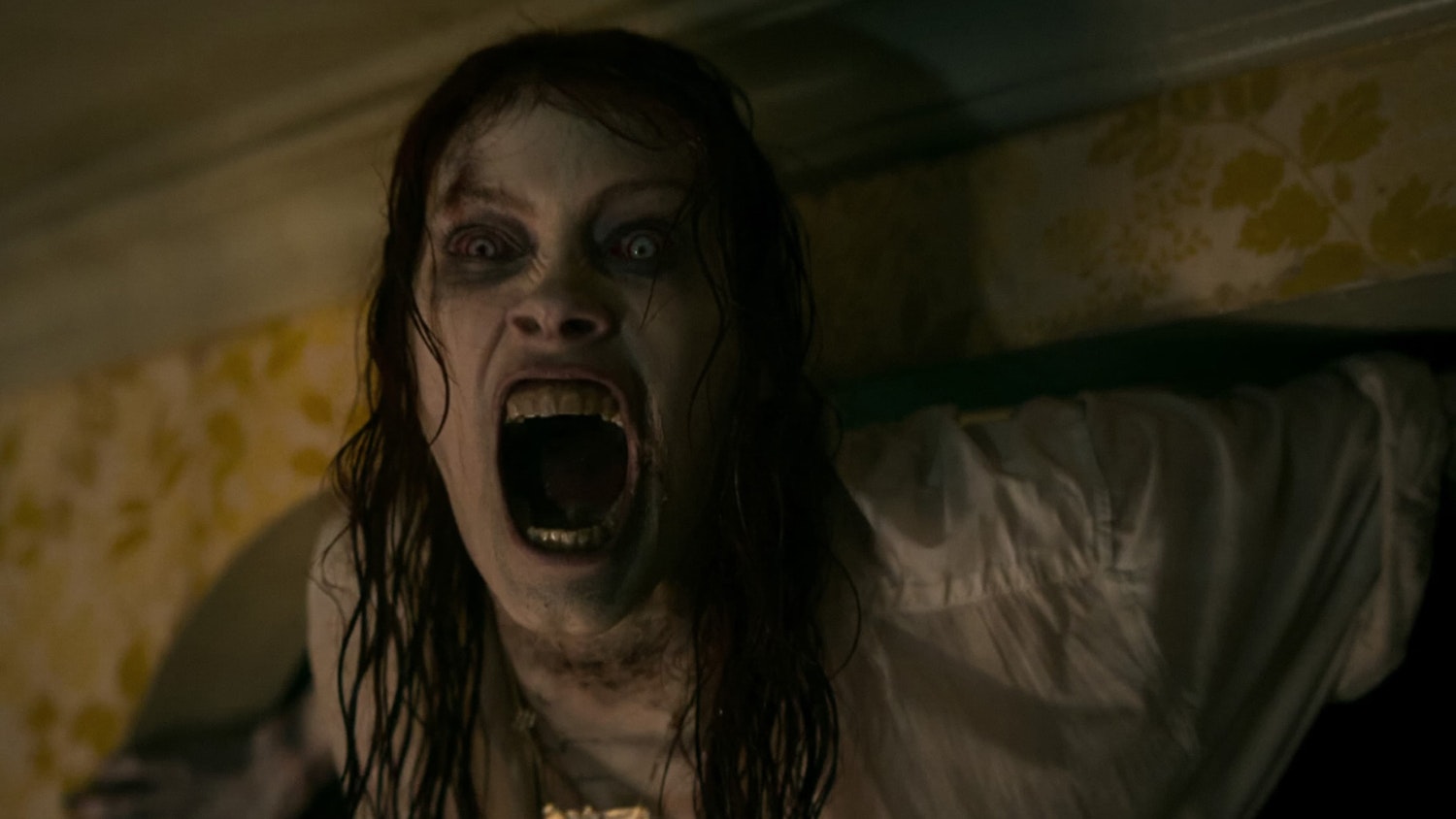
It was a risk for Fede Alvarez to reboot Sam Raimi’s horror classic The Evil Dead in 2013, but that risk paid off and so did its spiritual sequel Evil Dead Rise in 2023. Now Deadline is reporting that the series is getting, not one, but two fresh entries.
We already knew about the Sébastien Vaniček upcoming film that delves into the Deadite universe and should be a proper sequel to the latest film, but we are broadsided that Francis Galluppi and Ghost House Pictures are doing a one-off project set in Raimi’s universe based off of an idea that Galluppi pitched to Raimi himself. That concept is being kept under wraps.

“Francis Galluppi is a storyteller who knows when to keep us waiting in simmering tension and when to hit us with explosive violence,” Raimi told Deadline. “He is a director that shows uncommon control in his feature debut.”
That feature is titled The Last Stop In Yuma County which will release theatrically in the United States on May 4. It follows a traveling salesman, “stranded at a rural Arizona rest stop,” and “is thrust into a dire hostage situation by the arrival of two bank robbers with no qualms about using cruelty-or cold, hard steel-to protect their bloodstained fortune.”
Galluppi is an award-winning sci-fi/horror shorts director whose acclaimed works include High Desert Hell and The Gemini Project. You can view the full edit of High Desert Hell and the teaser for Gemini below:
'Civil War' Review: Is It Worth Watching?
Follow our new YouTube channel "Mysteries and Movies" here.
Movies
‘Invisible Man 2’ Is “Closer Than Its Ever Been” to Happening

Elisabeth Moss in a very well-thought-out statement said in an interview for Happy Sad Confused that even though there have been some logistical issues for doing Invisible Man 2 there is hope on the horizon.
Podcast host Josh Horowitz asked about the follow-up and if Moss and director Leigh Whannell were any closer to cracking a solution to getting it made. “We are closer than we have ever been to cracking it,” said Moss with a huge grin. You can see her reaction at the 35:52 mark in the below video.
Whannell is currently in New Zealand filming another monster movie for Universal, Wolf Man, which might be the spark that ignites Universal’s troubled Dark Universe concept which hasn’t gained any momentum since Tom Cruise’s failed attempt at resurrecting The Mummy.
Also, in the podcast video, Moss says she is not in the Wolf Man film so any speculation that it’s a crossover project is left in the air.
Meanwhile, Universal Studios is in the middle of constructing a year-round haunt house in Las Vegas which will showcase some of their classic cinematic monsters. Depending on attendance, this could be the boost the studio needs to get audiences interested in their creature IPs once more and to get more films made based on them.
The Las Vegas project is set to open in 2025, coinciding with their new proper theme park in Orlando called Epic Universe.
'Civil War' Review: Is It Worth Watching?
Follow our new YouTube channel "Mysteries and Movies" here.
News
Jake Gyllenhaal’s Thriller ‘Presumed Innocent’ Series Gets Early Release Date
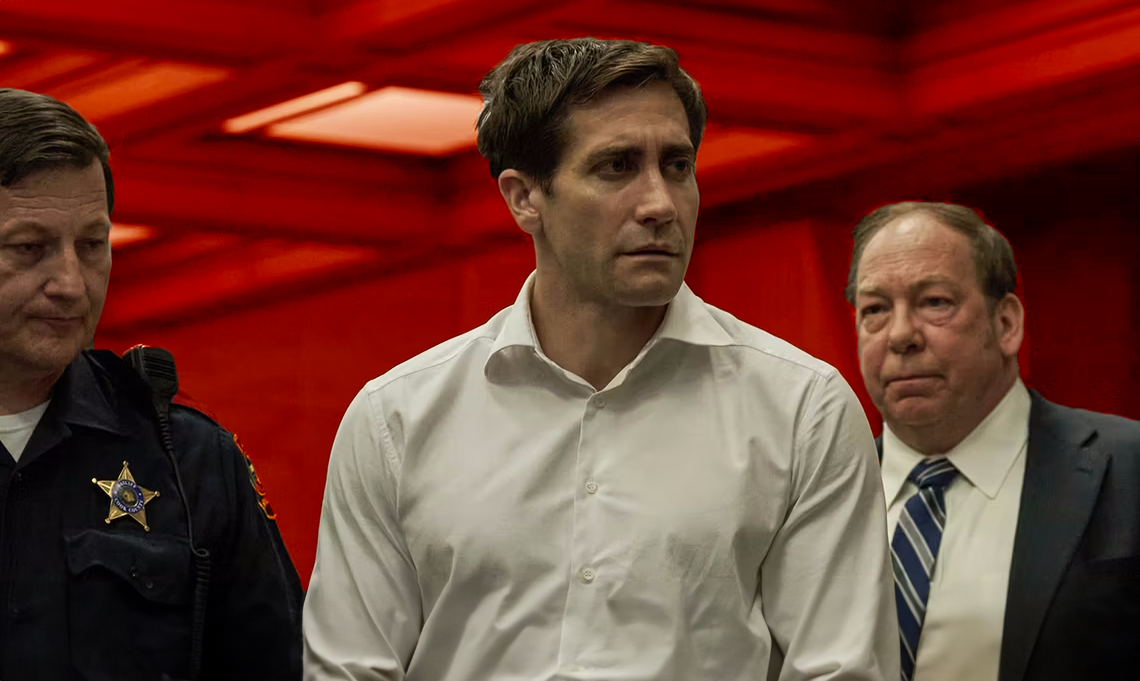
Jake Gyllenhaal’s limited series Presumed Innocent is dropping on AppleTV+ on June 12 instead of June 14 as originally planned. The star, whose Road House reboot has brought mixed reviews on Amazon Prime, is embracing the small screen for the first time since his appearance on Homicide: Life on the Street in 1994.
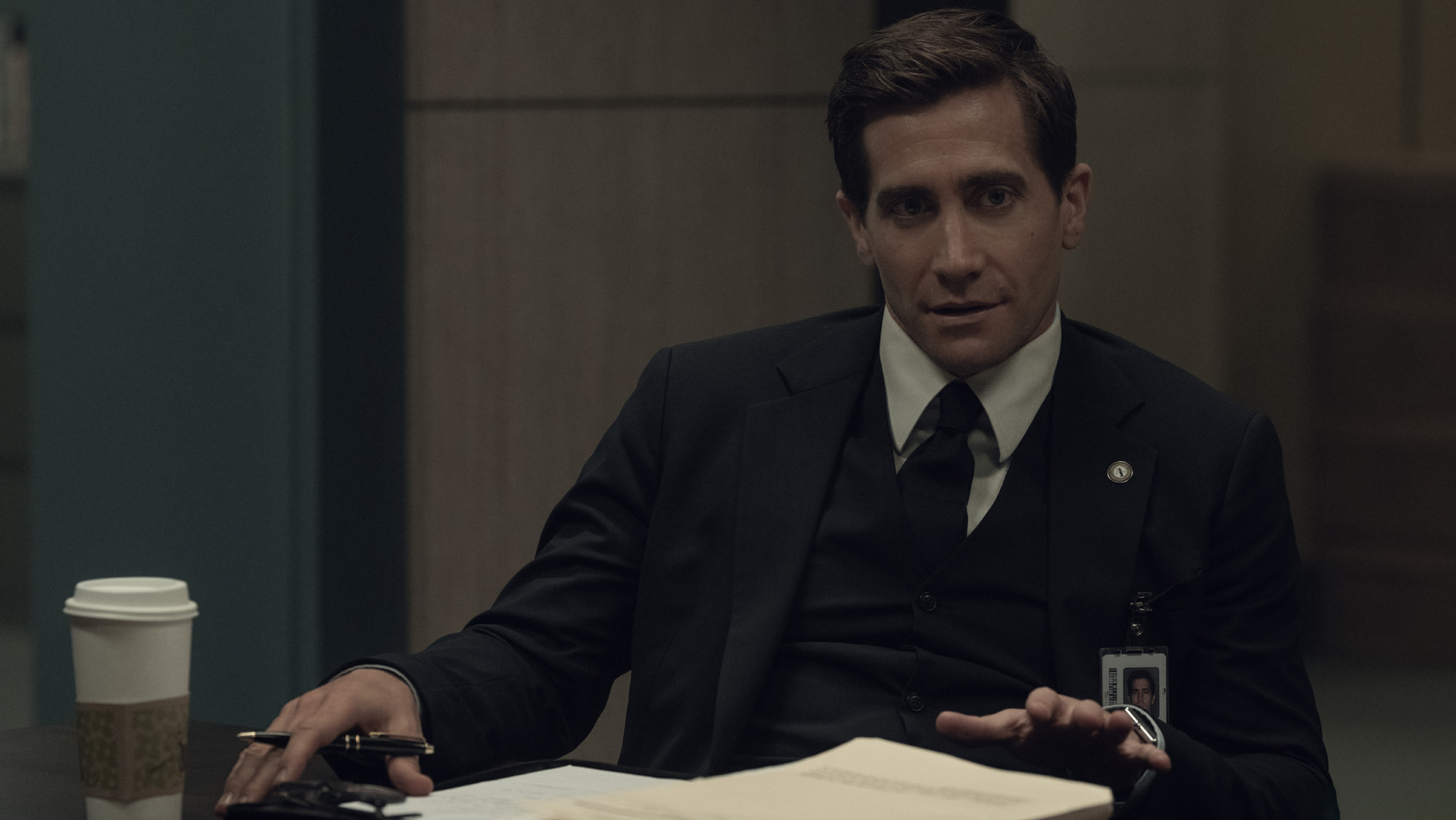
Presumed Innocent is being produced by David E. Kelley, J.J. Abrams’ Bad Robot, and Warner Bros. It is an adaptation of Scott Turow’s 1990 film in which Harrison Ford plays a lawyer doing double duty as an investigator looking for the murderer of his colleague.
These types of sexy thrillers were popular in the ’90s and usually contained twist endings. Here’s the trailer for the original:
According to Deadline, Presumed Innocent doesn’t stray far from the source material: “…the Presumed Innocent series will explore obsession, sex, politics and the power and limits of love as the accused fights to hold his family and marriage together.”
Up next for Gyllenhaal is the Guy Ritchie action movie titled In the Grey scheduled for release in January 2025.
Presumed Innocent is an eight-episode limited series set to stream on AppleTV+ starting June 12.
'Civil War' Review: Is It Worth Watching?
Follow our new YouTube channel "Mysteries and Movies" here.
-

 News6 days ago
News6 days agoOriginal Blair Witch Cast Ask Lionsgate for Retroactive Residuals in Light of New Film
-
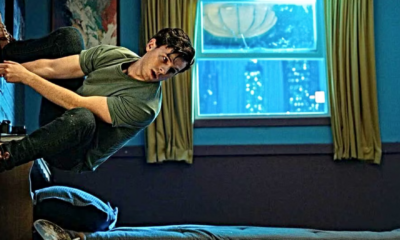
 Movies6 days ago
Movies6 days agoSpider-Man With a Cronenberg Twist in This Fan-Made Short
-
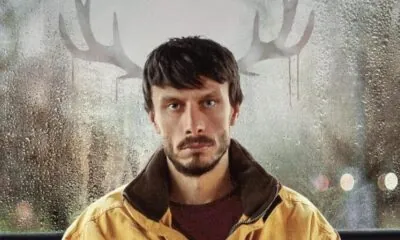
 News3 days ago
News3 days agoPerhaps the Scariest, Most Disturbing Series of The Year
-

 Movies5 days ago
Movies5 days agoNew F-Bomb Laden ‘Deadpool & Wolverine’ Trailer: Bloody Buddy Movie
-

 News4 days ago
News4 days agoRussell Crowe To Star in Another Exorcism Movie & It’s Not a Sequel
-
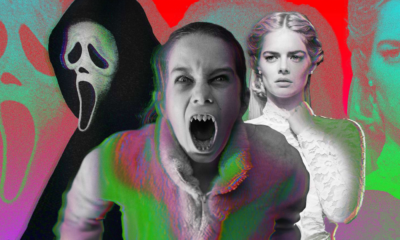
 Lists3 days ago
Lists3 days agoThrills and Chills: Ranking ‘Radio Silence’ Films from Bloody Brilliant to Just Bloody
-

 Movies4 days ago
Movies4 days ago‘Founders Day’ Finally Getting a Digital Release
-
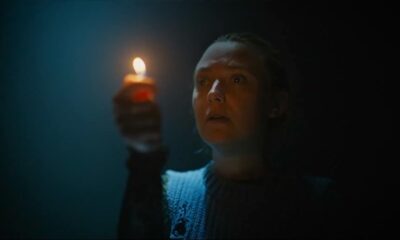
 Movies4 days ago
Movies4 days agoNew ‘The Watchers’ Trailer Adds More to the Mystery
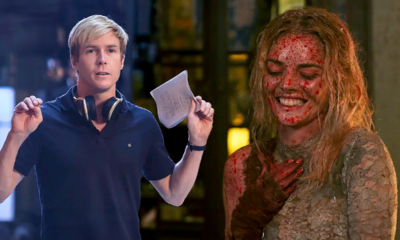



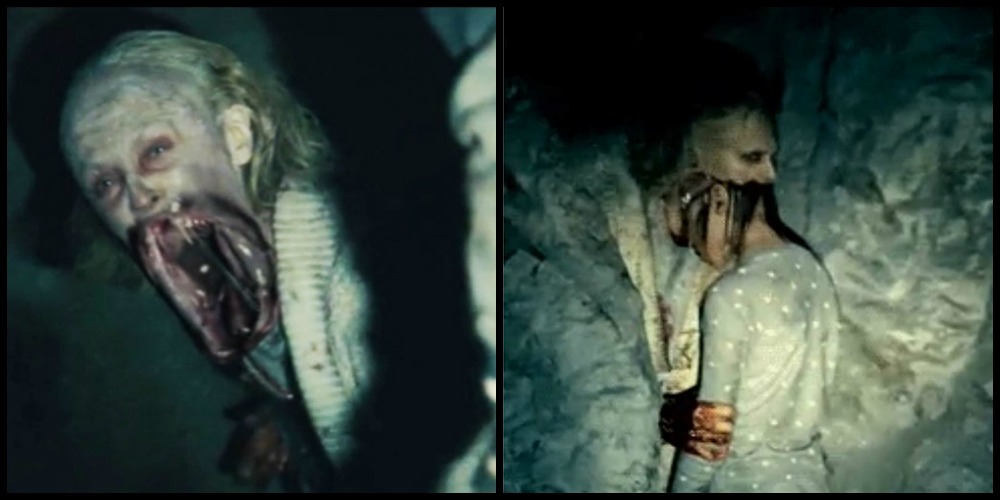























You must be logged in to post a comment Login